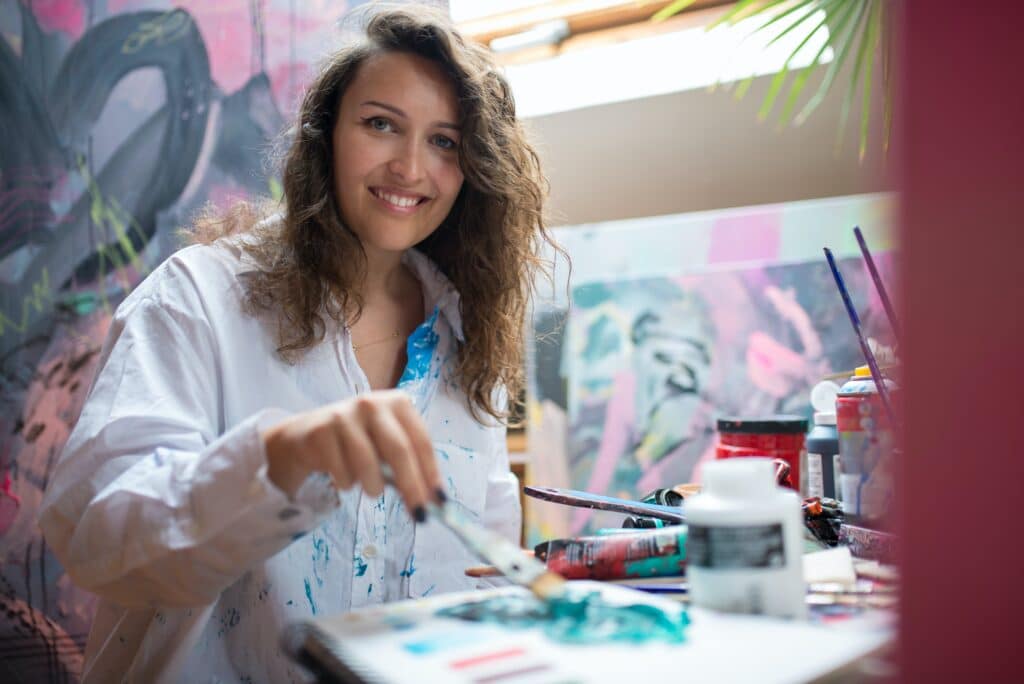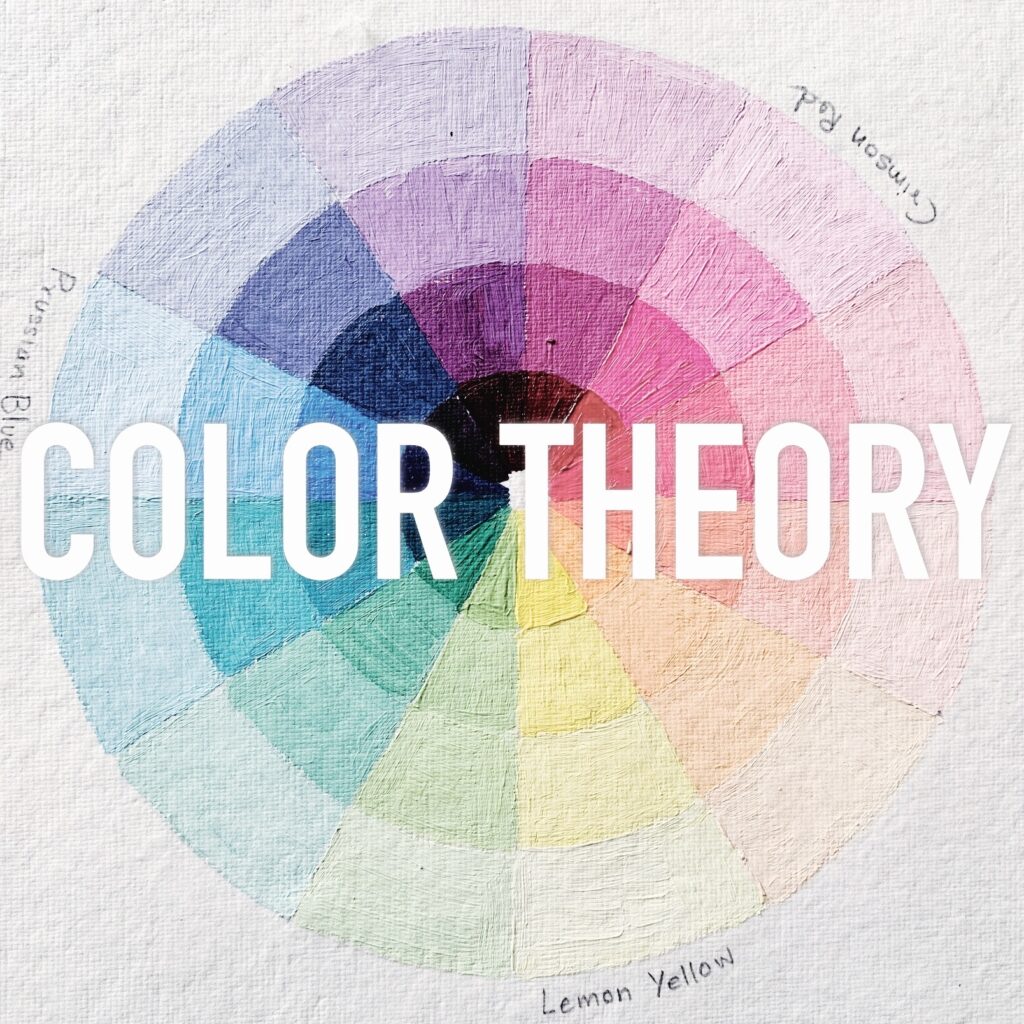Embarking on the path of becoming a self-taught artist can be an exhilarating and empowering experience.
While formal art education has its merits, self-directed learning offers the freedom to explore your creativity on your own terms.
In this blog post, we will delve into practical steps and essential tips that can guide you on your journey to becoming a self-taught artist.
1. Define Your Artistic Goals
Before diving into your artistic endeavors, take some time to define your artistic goals.
Ask yourself what you want to achieve as a self-taught artist. Are you interested in mastering a specific medium, exploring a particular style, or building a portfolio of diverse artwork?
Defining your goals will serve as a roadmap and help you stay focused and motivated throughout the learning process.

2. Build a Learning Toolkit
To embark on your self-taught journey, it’s important to equip yourself with the necessary learning resources.
Explore a variety of art books, instructional videos, online courses, and tutorials that cover a wide range of topics.
Take advantage of both digital and traditional resources to access a diverse pool of knowledge and inspiration.
Consider creating a curated collection of reference materials that resonate with your artistic interests.

3. Master the Basics
Establishing a strong foundation is crucial for your artistic growth.
Focus on mastering the fundamental principles of art, such as composition, color theory, perspective, and anatomy.
Dedicate time to practicing sketching, shading, and observational drawing to refine your technical skills.
By honing your understanding of the basics, you will develop a solid framework upon which you can build your artistic style.
This Color Theory Masterclass will help you learn and implement these concepts better in your art practice!
4. Experiment with Different Mediums
One of the advantages of being a self-taught artist is the freedom to explore various mediums.
Experiment with different materials, such as acrylics, watercolors, oils, charcoal, or digital art.
Each medium has its own unique characteristics and techniques, and by experimenting, you can discover which medium resonates with your artistic vision.
Embrace the opportunity to explore new textures, effects, and creative possibilities.
5. Study the Masters
Immerse yourself in the works of established artists who inspire you.
Study their techniques, brushstrokes, use of color, and composition.
Analyze their artworks to understand the thought process behind their creations.
Draw inspiration from their styles and incorporate elements that resonate with your own artistic vision.
The masters can be invaluable mentors on your self-taught journey, guiding you to develop your own artistic voice.

6. Practice Consistently
Consistency is key to artistic growth. Commit to regular and focused practice sessions.
Carve out dedicated time in your schedule for artistic pursuits.
Establish a routine that works for you, whether it’s a few minutes each day or longer sessions a few times a week.
Embrace the concept of deliberate practice, which involves setting specific goals for each practice session and challenging yourself to improve in targeted areas.
As you build a consistent practice habit, you will see your skills and artistic confidence steadily grow.

7. Practice Observation and Study from Life
Develop your observational skills by studying subjects from life.
Practice drawing or painting from direct observation, whether it’s still life, landscapes, or figures.
Observational drawing enhances your ability to capture details, understand form and proportion, and interpret light and shadow.
It trains your eye to see nuances and improves your overall artistic perception.
8. Seek Feedback and Embrace Critique
Connecting with fellow artists and seeking constructive feedback on your work is essential for growth.
Join local art communities, attend workshops, or participate in online platforms where you can share your artwork and engage in discussions.
Be open to receiving feedback and critique from others.
Embrace the opportunity to learn from different perspectives and use feedback to refine your skills and artistic expression. Constructive criticism can be a valuable tool for pushing your artistic boundaries.

9. Document Your Progress
Keep a visual record of your artistic journey by maintaining a sketchbook or an online portfolio.
Documenting your progress allows you to reflect on how far you’ve come and identify areas where you can improve.
It also serves as a source of inspiration and a reminder of your artistic evolution over time.
Sharing your progress with others can inspire fellow artists and provide a source of encouragement.

10. Utilize Online Resources
The internet offers a wealth of resources for self-taught artists.
Explore art blogs, online tutorials, video demonstrations, and educational websites dedicated to art.
Many platforms provide step-by-step guides, tips, and techniques across different mediums.
You can access a vast range of free and paid resources that cater to artists of all levels, allowing you to continually learn and grow.
11. Embrace the Journey of Lifelong Learning
Becoming a self-taught artist is a continuous journey of self-discovery and growth.
Embrace a mindset of lifelong learning.
Stay curious and explore new techniques, subjects, and styles. Attend workshops, take part in art challenges, or enroll in online courses to expand your knowledge and skills.
Embrace the process of experimentation, as it allows you to push boundaries and discover new artistic possibilities.
Remember that the journey itself is as important as the destination, and every step you take contributes to your artistic evolution.

12. Embrace Failure and Learn from Mistakes
Don’t be discouraged by setbacks or artistic failures.
Mistakes and failures are part of the learning process and offer valuable lessons.
Embrace them as opportunities for growth and improvement.
Analyze your artwork critically, identify areas for improvement, and use setbacks as motivation to push yourself further.
Embracing a growth mindset allows you to learn from every experience and emerge stronger as an artist.
Pin the below image in your Pinterest board for future reference.

Becoming a self-taught artist is an exciting endeavor that allows you to explore your artistic potential, unleash your creativity, and develop your unique artistic voice.
So, go ahead, embrace your inner artist, and let the brush strokes of your imagination paint the canvas of your dreams.
The path of a self-taught artist is filled with possibilities, and the only limit is your own dedication and passion.
Now, I would love to hear from you.
Are you a self-taught artist? What tips or experiences can you share with our community?
Feel free to leave a comment below and join the conversation. Let’s inspire and support one another on our artistic journeys!






